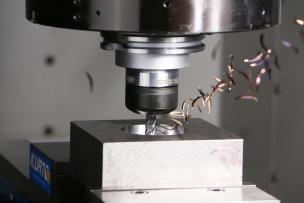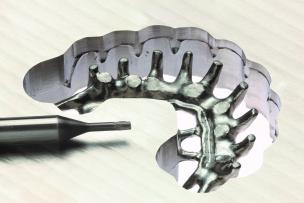In this Q&A, Kyocera's R&D Engineer Jake Rutherford discusses how dynamic milling differs from a conventional offset toolpath and the reasons for choosing it.
Kennametal designed the new HARVI I TE to address four key problems that plague more than 90% of all milling applications: chip evacuation, tool deflection, corner stability, and breakage due to radial cutting forces.
In this series of videos, Kennametal introduces the new HARVI I TE four-flute, solid carbide end mill and shows it in use in a variety of applications.
Dynamic milling is a strategy that is becoming more and more popular due to its improved material removal rate while still maintaining process security compared to traditional milling strategies.
Lower your costs and improve your productivity with Seco Tool's newly expanded Niagara Cutter™ family of multipurpose 5-flute solid end mills.
The trend for near-net-shape production and 3D printing is helping to drive demand for extremely small end mills.
Achieving the best possible results with the optimized roughing strategy requires adhering to a few specific guidelines.
Optimized roughing can extend tool life, help generate better workpiece surface finishes, and save time by minimizing secondary processing steps. Despite these advantages, many shops still forgo this productive strategy.
The quest for reducing levels of power consumption in the global metal cutting sector is not a new trend; today it has become an essential technical requirement. Cutting tools have a major role to play in this area. Total power requirements can be moderated by the use of advanced new tools. In particular, innovative milling tools offer promising opportunities.
Tool manufacturers take the specific features of milling aluminum into consideration when developing cutters. A key to success is the correct combination of cutting geometry, tool material and tool treatment, in addition to the options for delivery of optimum coolant supply.




